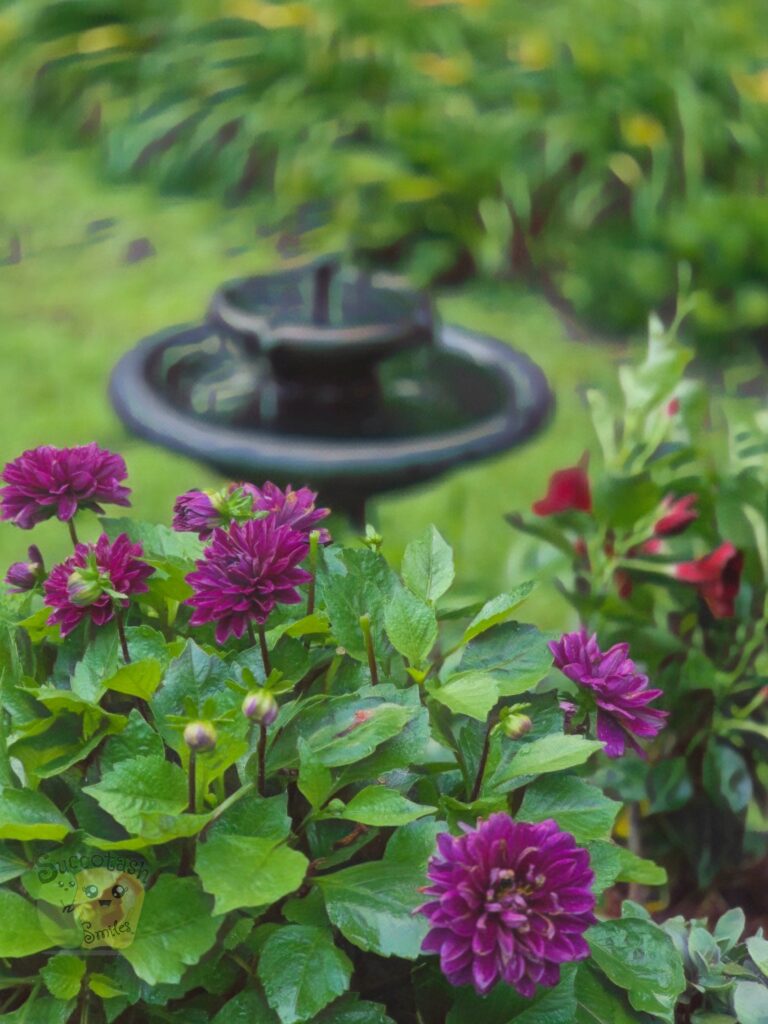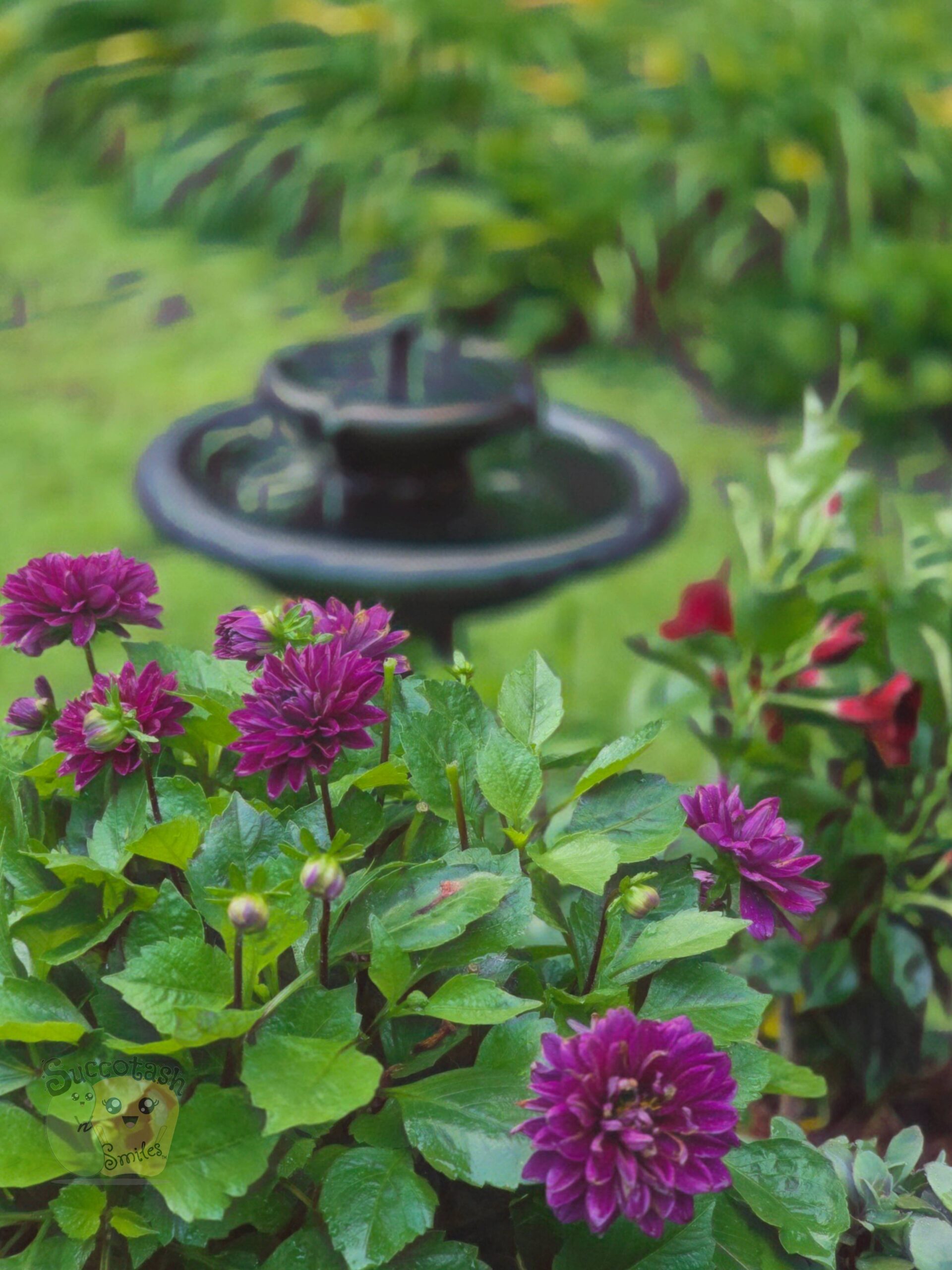“Don’t judge a book by its cover.” I’d bet most of us have heard that saying at least 100 times over our lives. We also know that most people are more likely to trust a man in a suit over someone in torn, unkempt clothes (and I bet a lot of us were taught that by a man in a suit). But how often do we pause to consider why we form these snap judgments?
Every day, our brains process an overwhelming amount of information. In order to keep up, we quickly categorize everything and everyone around us; often, without even realizing it. It’s a survival mechanism, a shortcut to help us navigate a complex world. Yet, by using these mental shortcuts, we don’t fully process all of the information around us. This often leads us to miss the deeper stories hidden beneath the surface.
Take, for example, the colleague who always dresses in impeccably tailored clothes. At first glance, we might assume they’re confident, competent, maybe even successful. But what if behind that polished exterior lies a landscape of utter chaos and self-doubt, where they are unsure of what to do next but too proud to ask for help? Or consider the person who appears disheveled, who might be viewed as careless or unreliable. That same person could be a brilliant thinker, battling circumstances beyond our understanding.
Our immediate judgments extend beyond appearances. They seep into how we interpret conversations, assess ideas, and even how we evaluate ourselves. Social media intensifies this pressure; each carefully curated post reinforces expectations of perfection while burying the messy process of real life. We quickly label and dismiss not only strangers but also acquaintances and loved ones, often locking ourselves into echo chambers where diverse perspectives are suppressed.
Recognizing these snap judgments is the first step toward genuine connection. What if, instead of leaning into our well-worn assumptions, we stepped back and tried to see the full picture? What if we asked questions rather than presuming answers? There’s an art to peeling back the layers, and we are all made of messy, beautiful, unpredictable layers that make each of us unique.
Letting go of quick judgments doesn’t mean ignoring critical thinking. Instead, it means giving others the space to share their true selves on their own terms. It means challenging ourselves to embrace discomfort, to be curious instead of dismissive, and to realize that the most compelling, transformative conversations often start when we open our minds rather than our mouths.
Let’s turn this around; have you ever been in a situation where someone judged you because of one bad interaction or maybe before they even met you? Maybe someone misunderstood what you said, or they had heard a story about you. Personally, I find being wrongly judged especially frustrating, and it makes me want to care less for the person who judged me. I believe most people would feel that way. What about you?
Also, this goes just as well for our role models. It can be easy to forget that they aren’t perfect. We tend to overlook peoples’ imperfections because there’s something else about them that we greatly admire. Yet, just like the colleague in a finely tailored suit, they are still human, and all humans have flaws, such as insecurities, hidden struggles, and mistakes. This doesn’t make them a bad person; it just makes them a person. Believing someone is flawless not only sets unrealistic standards, but also shields us from understanding their true, nuanced story. Recognizing that even our role models have their vulnerabilities can lead to more compassionate relationships and richer, more authentic conversations.
So, the next time you catch yourself assessing someone based on their cover, take a moment to wonder: What might their story be? What hidden chapters am I missing? I invite you to reflect on a time when you were surprised by a person or situation after looking beyond first impressions. Share your experiences in the comments below. Let’s start a conversation that goes beyond the surface and, in doing so, create a richer, more inclusive tapestry of human connection.

Dahlias blooming in front of various other flowers and a fountain.

Leave a Reply